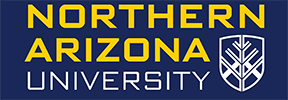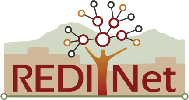About

Our research addresses the dual goals of improving Internet access in economically marginalized communities while also building local capacity towards regular digital content creation. We focus on rural and Native American reservation communities in northern New Mexico, which have among the lowest Internet availability rates in the nation. We develop new network technologies and conceptual frameworks to empower rural and reservation residents to meaningfully participate in the Internet, as both consumers and producers of Internet content who can create new opportunities for basic Internet connectivity and access, education, and economic development. To ensure the success of our technical work, we engage community members in the planning, implementation, and dissemination of our research. Our team is partnered with non-profit, Native-serving, and community organizations that are actively working to solve digital inequities.

To create a more usable Internet, we comprehensively rethink middle- and last-mile network technologies to offer adaptive, smart connectivity. Our fundamental contributions include: the disaggregation of control and data planes and a new content upload and download platform that bridges the gap between the network core and end system devices via a smart middle mile; Television (TV) spectrum white space pilot link deployments and network management solutions and to study usability and performance in rural regions; and collaboration with community partners through a participatory action research protocol to identify digital information needs and develop a framework for Web-design training to increase the Internet presence of Native-owned organizations. Because Native American reservations share many geographical and population density characteristics with other rural regions, many aspects of our work will be applicable to extending the reach and usability of the Internet to other, non-Native communities within the U.S.
Partners







